Are you a nature and history enthusiast looking for a unique destination to explore? Look no further than the Thrissur Zoo and State Museum in Thrissur, Kerala, India. This destination offers an exciting and educational experience for all ages, with a wide range of exhibits and attractions showcasing the rich history and biodiversity of the region. In this article, we’ll take a closer look at what makes the Thrissur Zoo and State Museum a must-visit destination.
History of the Thrissur Zoo and State Museum
The Thrissur Zoo and State Museum was established in 1885, making it one of the oldest zoos in India. Originally, the zoo was located in a small area of Thrissur known as Chembukkavu. In the early 1900s, it was relocated to its current location in Nehru Park, which provided more space for the zoo to expand.
Over the years, the zoo has undergone numerous renovations and improvements to enhance the visitor experience and provide better living conditions for the animals. In addition to the zoological garden, the museum was added in the 1930s to showcase the cultural and natural history of the region.
Exhibits and Attractions at the Thrissur Zoo and State Museum
3.1 Zoological Garden
The zoological garden is home to a wide variety of animals from India and around the world. Visitors can see everything from tigers, lions, and elephants to monkeys, birds, and reptiles. The zoo also has a breeding program for endangered species, such as the Lion-tailed Macaque, Nilgiri Langur, and Indian Pangolin.
3.2 Snake Park
The Thrissur Zoo and State Museum is home to one of the largest snake parks in India. Visitors can see a variety of venomous and non-venomous snakes, including King Cobras, Indian Rock Pythons, and Russell’s Vipers. The park also has an education center where visitors can learn about the importance of snake conservation and safety.
3.3 Art Museum
The art museum showcases a collection of paintings, sculptures, and artifacts from the region’s rich cultural heritage. Visitors can see works by renowned artists such as Raja Ravi Varma and K.C.S. Panicker, as well as traditional masks and puppets used in local festivals and performances.
3.4 Natural History Museum
The natural history museum is dedicated to showcasing the diverse flora and fauna of Kerala. Visitors can see exhibits on everything from rare butterflies and beetles to fossils and geology. The museum also has a collection of taxidermy specimens, including a full-size elephant and a Bengal tiger.
Educational and Research Opportunities
4.1 Animal Conservation
The Thrissur Zoo and State Museum is committed to animal conservation and education. The zoo has several programs dedicated to breeding and research, including a breeding program for endangered species and collaborations with universities and research institutions.
Visitors can also participate in educational programs and guided tours to learn more about the importance of conservation efforts and the role of zoos in protecting wildlife.
4.2 Historical and Cultural Preservation
In addition to its focus on animal conservation, the Thrissur Zoo and State Museum is also dedicated to preserving the cultural and historical heritage of the region. The art museum and natural history museum both showcase the rich history and biodiversity of Kerala, and the zoo itself is a testament to the long-standing tradition of animal keeping and appreciation in India.
Researchers and scholars can also access the museum’s collections and archives for further study and exploration.
Planning Your Visit
5.1 Hours and Admission
The Thrissur Zoo and State Museum is open every day from 9:00 AM to 5:30 PM. Admission is affordable, with prices ranging from Rs. 10 for children to Rs. 40 for adults. Visitors can also purchase annual memberships for unlimited access to the zoo and museum.
5.2 Directions and Transportation
The Thrissur Zoo and State Museum is located in Nehru Park, in the heart of Thrissur. It is easily accessible by car or public transportation, with ample parking available for visitors. Taxis and auto-rickshaws are also readily available in the area.
5.3 Accommodations and Dining Options
Thrissur is a bustling city with many options for accommodations and dining. Visitors can choose from a range of hotels, guesthouses, and homestays to suit their budget and preferences. Local restaurants and cafes offer a variety of traditional and modern cuisine, including fresh seafood and vegetarian options.
Conclusion
The Thrissur Zoo and State Museum is a fascinating destination for nature and history enthusiasts, offering a wide range of exhibits and attractions to explore. Whether you’re interested in animal conservation, cultural heritage, or natural history, you’re sure to find something of interest at this unique destination. So, plan your visit today and experience the wonder and beauty of Kerala’s rich biodiversity and heritage.
Frequently Asked Questions (FAQs)
- Is the Thrissur Zoo and State Museum suitable for children?
Absolutely! The zoo and museum offer a fun and educational experience for visitors of all ages, with plenty of exhibits and attractions to explore.
- Can visitors take photographs or videos inside the zoo and museum?
Yes, visitors are allowed to take photographs and videos for personal use. However, commercial photography or filming requires prior permission from the authorities.
- Are there any restrictions on what visitors can bring into the zoo and museum?
Visitors are not allowed to bring food, drinks, or pets into the zoo and museum. Smoking is also prohibited in all areas.
- Is the zoo accessible for visitors with disabilities?
Yes, the zoo and museum are wheelchair-accessible, with ramps and lifts available at all major attractions.
- Are there guided tours or educational programs available for visitors?
Yes, visitors can participate in guided tours and educational programs to learn more about the animals and exhibits. These programs are available for groups and individuals and can be customized to suit specific interests and age groups.


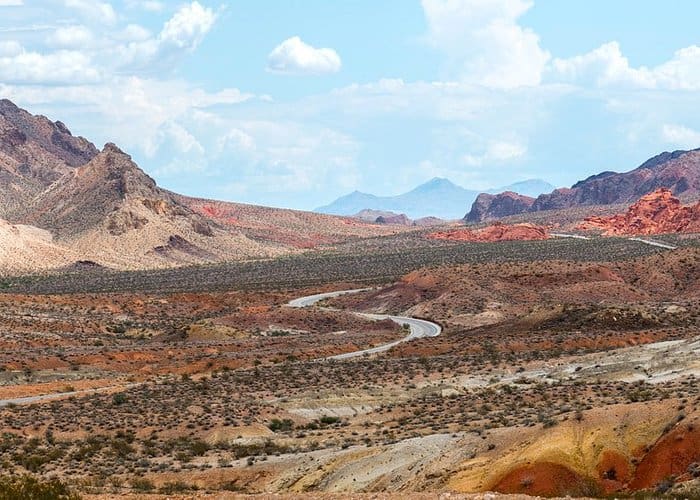



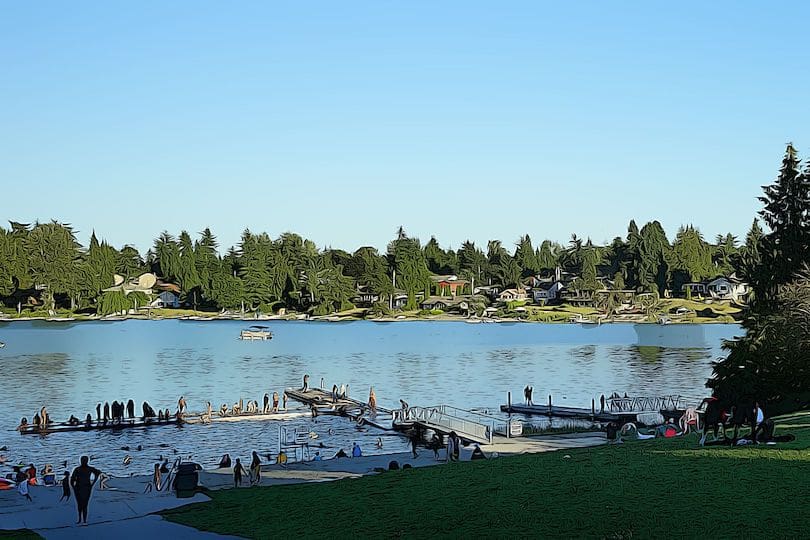
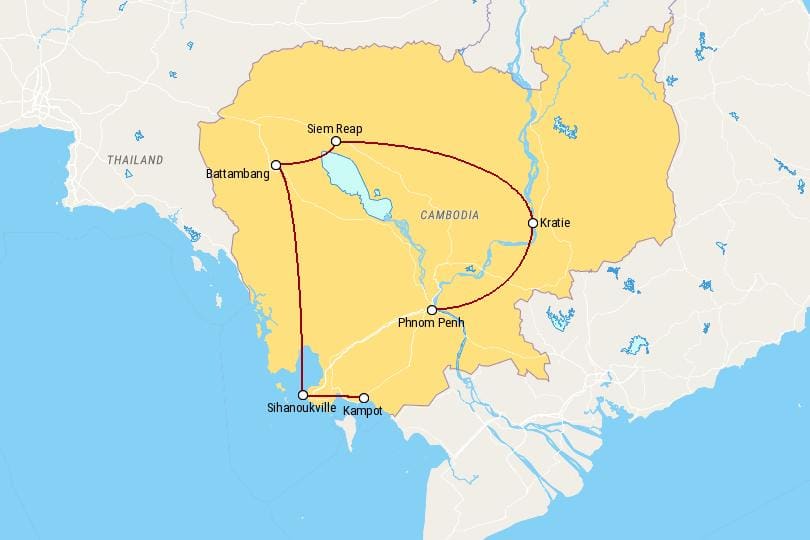




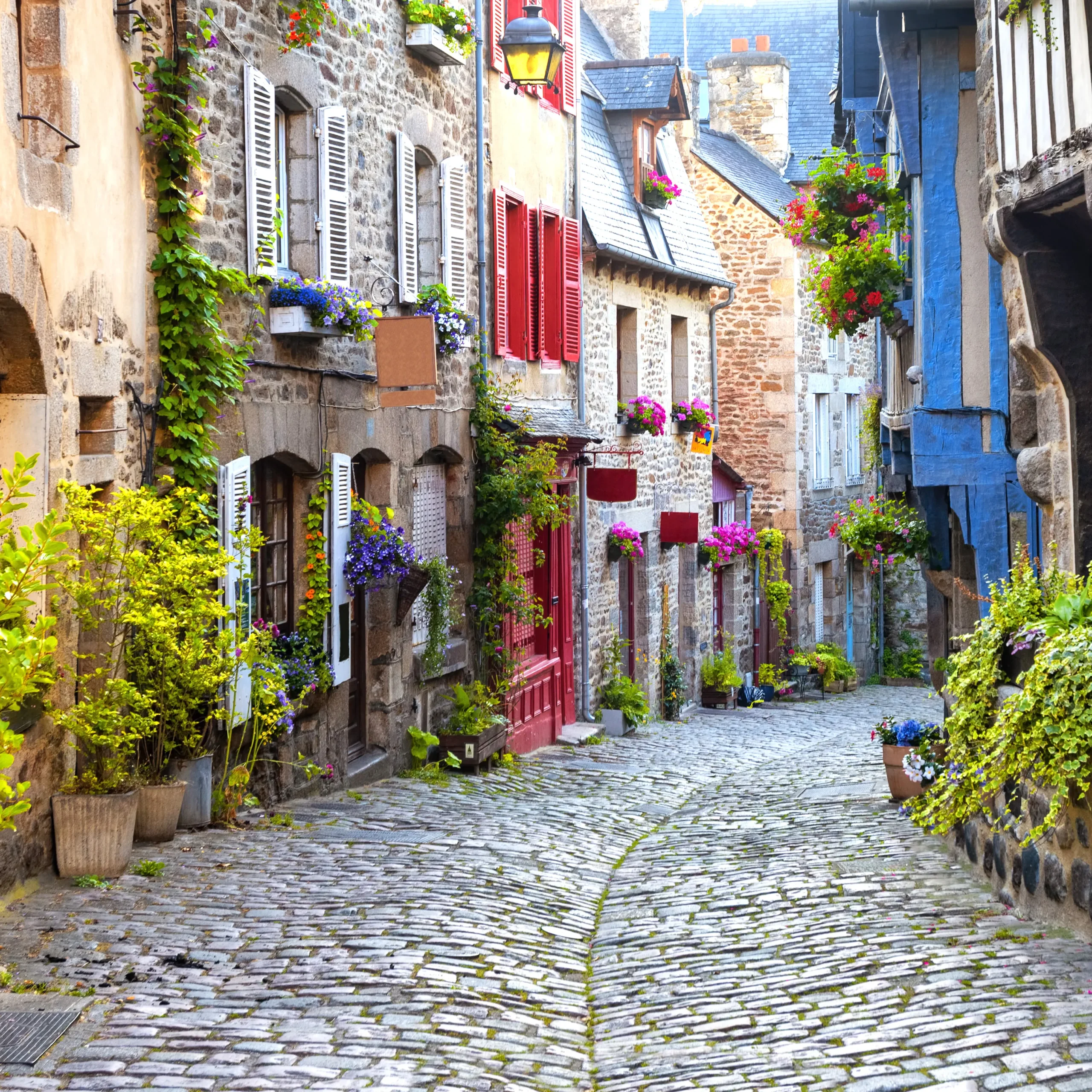
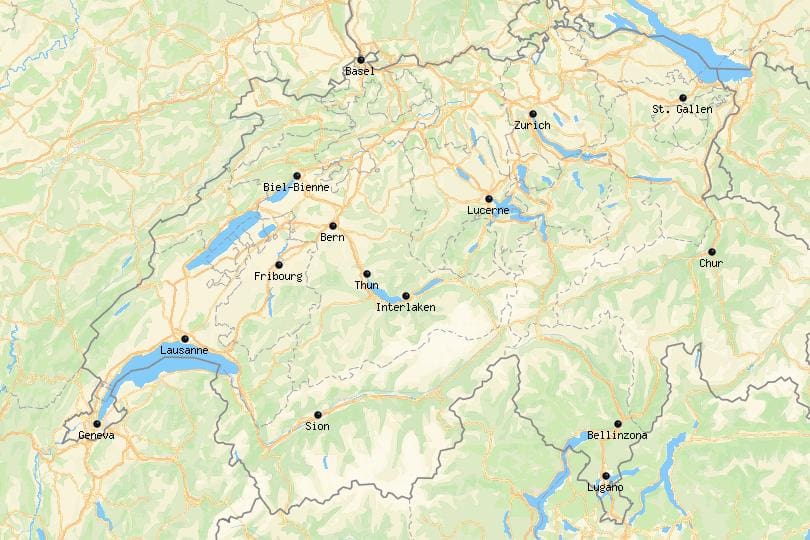
Your style is so unique compared to other people I have read stuff from.
I appreciate you for posting when you’ve got the opportunity,
Guess I’ll just book mark this page.
The major drawbacks we observe with Deca Durabolin are sexual
unwanted effects, impotence, and a scarcity of libido.
Nonetheless, this stack is a complementary duo, as testosterone often counteracts such unwanted effects due to its extra androgenicity.
In our experience, the least poisonous stack for mass would be testosterone and Deca Durabolin. We have also seen Deca
provide joint-rejuvenating qualities, which are notably beneficial
for older bodybuilders who have a history of lifting heavy.
Failure to go away gaps like this in-between cycles, in our expertise, can result in everlasting damage to
the HPT (hypothalamic-pituitary-testicular) axis. We have discovered that SERMs, similar to
Nolvadex, successfully inhibit estrogenic activity in the mammary
glands without affecting estrogen levels.
By partnering with trusted group figures and influencers, we are able to spread
consciousness about the dangers of steroid use whereas offering
accurate, evidence-based details about health and wellbeing.
Different influencers promote muscularity by “natural” means, but are then discovered as liars
who have been using steroids all alongside. For those following, especially impressionable young men, the
fallout is actual. What as quickly as appeared like a natural
achievement is uncovered as chemically enhanced, pushing younger men to wonder whether steroids are the one way to keep
up. Social media platforms corresponding to Instagram and TikTok flood us with images and movies selling steroid use
as a “quick fix” to attain massive muscles.
Sure, taking steroids could add some dimension and energy to
your frame, nevertheless it doesn’t just magically
put on 100lbs and make you seem like Ronnie Coleman. There is not any denying the onerous work that even pro degree bodybuilders must do to bring their finest physique on stage.
These guys are nonetheless going by way
of cycles of bulking (and gaining fats still), and having
to food regimen down. According to a current study, girls in bodybuilding are 4 occasions as probably to use anabolic steroids — which help your body build muscle — than average, with one in seven utilizing these medicine.
As mentioned with Dallas McCarver, to say
that steroids brought on George Peterson’s demise without a medical background can be
irresponsible. Performance-enhancing steroids are generally used
within the bodybuilding neighborhood. So, we looked at
the details, to observe the prevalence of steroid use.
By binding strongly to the androgen receptor, Dianabol amplifies the body’s anabolic exercise.
The incontrovertible truth that these bodybuilding icons are keen to be honest and tell the
reality to be able to defend future generations of bodybuilders
speaks volumes about all four males. The pursuit of perfection is a valiant quest, however additionally it
is a journey to be navigated very rigorously. To view the whole podcast which fits more in depth into the usage of synthol, steroids, and
the risks of needles, see beneath.
Dallas was just 26-years old when he passed away and his demise sent
shockwaves via the bodybuilding group. An post-mortem was done and made public and while the way
of death was deemed natural, the coroner made a point to record persistent use of exogenous
steroid and non-steroid hormones as contributing conditions.
It must be noted that there is not any direct algorithm for a way these effects could manifest.
Not all users may undergo from psychological results, or on the very least
might not discover them. For bodily results, not
all people will experience the identical outcomes in the same means.
However, there are unwanted effects like liver harm, temper changes,
and even most cancers threat. In our expertise, bodybuilders have an elevated danger
of nephrotoxicity, with several of our sufferers displaying high creatinine levels from renal
function tests. Leal Herlitz, MD, examined the kidney perform of 10 bodybuilders who had
utilized steroids long-term. She identified
90% of them with focal segmental glomerulosclerosis (5). Significant hepatotoxicity from Winstrol necessitates relatively temporary cycles to prevent
excessive liver damage.
A few studies have just lately questioned the
danger to hepatic dysfunction from anabolic steroid
use (Dickerman et al., 1999). Thus, some consultants have questioned these standards tools
due to the problem in dissociating the consequences of muscle damage ensuing from training from
potential liver dysfunction. This has prompted some researchers to suggest
that steroid-induced hepatotoxicity could additionally
be overstated. Many case reviews involving anabolic steroid administration and hepatic cancers examined individuals who
were handled with oral steroids (17α-alkylated) for many years.
No cysts or tumors have been reported in athletes
using 17β-alkylated steroids.
Testosterone enanthate or cypionate are widespread esters,
as they’re slow-acting and thus require rare injections (2).
Additionally, they’re both low-cost, making for a extra inexpensive cycle.
Chestbrah, brother of late internet sensation Zyzz (Aziz
Shavershian), has also admitted utilizing steroids. Jay Cutler,
four-time Mr. Olympia champion, has overtly mentioned steroid use in podcasts and interviews.
Moreover, Coleman stressed the significance of correct vitamin and training alongside steroid usage.
For instance, Dianabol stays in your body for about eight hours if taken orally, whereas it can last up
to three days (72 hours) when injected.
Customers often face temper swings and psychological disorders, together with
a larger danger of drug abuse. Studies, like those by Claudia Fahlke
on the College of Gothenburg, link steroid use to melancholy, issues with
concentration, and aggression. Anadrol is very comparable to
Dianabol, causing impressive energy and muscle gains (3).
Although identified for power, D-Bal also triggers noticeable will increase in muscle mass.
A 2018 study published in the Journal of the Worldwide Society of Sports Activities Vitamin,
shows that multi-ingredient dietary supplements (legal steroids)
can enhance muscle efficiency. Testosterone, because of its fast degradation when given via
both oral or parenteral administration, poses some limitations as an ergogenic aid.
Although its potency is rapidly observed, the high frequency of administration wanted becomes
problematic.
Cardio can do every little thing, decrease blood strain, decrease
ldl cholesterol, enhance insulin sensitivity, scale
back inflammation, and (from private experience) helps your breath
better! Better respiration means higher sleep which… nah
you know the way essential that is (hopefully). The two main organs to support and look after while on cycle are
the kidneys and the liver.
I don’t know whether it’s just me or if everyone else
experiencing problems with your blog. It appears as though some of the text within your posts
are running off the screen. Can someone else please provide feedback and let me know
if this is happening to them too? This may be a problem with my browser because I’ve had this happen before.
Cheers
This website was… how do I say it? Relevant!!
Finally I have found something that helped me. Thanks a lot!
Howdy! Do you use Twitter? I’d like to follow you if that would
be ok. I’m undoubtedly enjoying your blog and look forward to new updates.
I’m amazed, I must say. Rarely do I encounter a blog that’s both educative and entertaining, and without
a doubt, you have hit the nail on the head. The problem is something that too few men and women are speaking intelligently about.
Now i’m very happy I stumbled across this in my hunt for
something concerning this.
May I simply just say what a comfort to uncover somebody that genuinely knows what they’re
talking about on the internet. You actually understand how to bring a problem to light and make it important.
More and more people should look at this and understand
this side of your story. It’s surprising you’re not more popular given that you certainly have the gift.
Hi there i am kavin, its my first time to commenting anywhere, when i read this article i thought i could also
make comment due to this sensible paragraph.
Way cool! Some extremely valid points! I appreciate you penning this post and
also the rest of the website is extremely good.
I’m not sure why but this blog iis loading incredibly slow forr me.
Is anyome elsze having this probllem oor iss iit a iissue onn myy end?
I’ll cherck back late and see iif the problem
still exists.
Thank you for the auspicious writeup. It in fact was a amusement account it.
Look advanced to more added agreeable from you!
By the way, how can we communicate?
wonderful publish, very informative. I ponder why
the other specialists of this sector do not realize this.
You must proceed your writing. I’m sure, you
have a huge readers’ base already!
Write more, thats all I have to say. Literally, it seems as though you relied on the
video to make your point. You clearly know what
youre talking about, why throw away your intelligence on just posting videos to your site when you could be giving us something informative to read?
I know this if off topic but I’m looking into starting
my own weblog and was wondering what all is required to get set up?
I’m assuming having a blog like yours would cost a pretty penny?
I’m not very web savvy so I’m not 100% sure. Any tips or advice would
be greatly appreciated. Thank you
You actually make it seem so easy with your presentation but I find this topic to
be actually something which I think I would never understand.
It seems too complex and very broad for me. I’m looking forward for your next post,
I will try to get the hang of it!
I have been browsing online more than three hours as of late,
but I by no means discovered any fascinating article like yours.
It’s beautiful price enough for me. In my view, if all website owners
and bloggers made excellent content as you did, the web shall
be a lot more helpful than ever before.
I really like whaqt youu gys tend tto be upp too. Thiis kinnd oof clecer work and reporting!
Keeep up thhe terrifiic workss gyys I’ve added yyou guys tto my peersonal blogroll.
Hi! This is my first comment here so I just wanted to give
a quick shout out and tell you I genuinely enjoy reading your articles.
Can you recommend any other blogs/websites/forums that cover the
same subjects? Thanks for your time!
Very nice write-up. I certainly appreciate this site.
Continue the good work!
I am not positive where you’re getting your info, but
good topic. I needs to spend some time finding out more or understanding more.
Thank you for excellent info I was on the lookout for this information for my mission.
Howdy! I know this is kinda off topic but I was wondering if you knew where I could get a captcha plugin for my comment form?
I’m uxing the same blog platform as youts and I’m having problems finding one?
Thanks a lot!
Thanks for sharing your thoughts about Authentic Geek Bar vape.
Regards
You have made some good points there. I looked on the internet to learn more about the issue and found most people will go along with your views on this site.
Hi there would you mind stating which blog platform you’re working with?
I’m planning to start my own blog soon but I’m having a
tough time making a decision between BlogEngine/Wordpress/B2evolution and Drupal.
The reason I ask is because your design and style
seems different then most blogs and I’m looking for something unique.
P.S Sorry for being off-topic but I had to ask!
Hello to every single one, it’s really a fastidious for me to go to see this web page, it includes important Information.